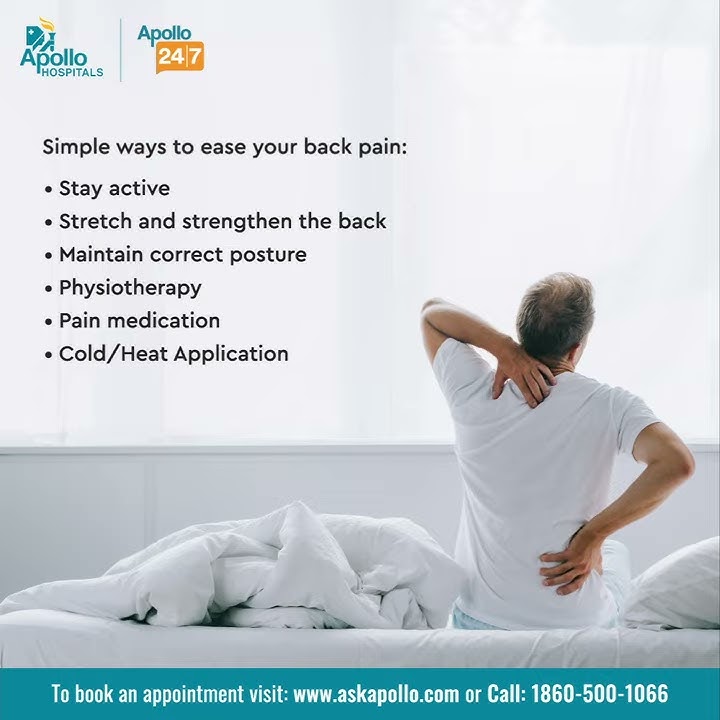Magazine|How to Lower Your Heart Rate Show https://www.nytimes.com/2017/03/24/magazine/how-to-lower-your-heart-rate.html Tip
 “Find out why your resting heart rate is so high in the first place,” says Dr. John Elefteriades, who directs the Aortic Institute at Yale University. Someone struggling with heart or lung problems, for example, will have an elevated pulse that needs to be corrected immediately with medicine. But even with no serious health problems, lowering the number of times your heart beats in a minute can decrease its burden. Once you determine your resting heart rate by making several measurements — count the beats for 30 seconds, then double that number — start exercising regularly for a long period of time. “If you’re a couch potato, your pulse rate might go up just by doing normal activities,” Elefteriades says. “For someone who is not inclined toward exercise, just walking is great,” he says. Walk one to two miles, five times a week, or bike three times as far as you would walk or run. In addition to reducing your resting heart rate, such exercise will improve the efficiency with which your heart pumps blood to various bodily tissues. But don’t overdo the workouts. “Endurance athletes use lowering heart rates as a badge of honor, which is not necessarily a good thing,” Elefteriades says, adding that the heart wasn’t made to operate for much more than one hour in a high aerobic state. A temporarily elevated pulse caused by panic attacks, anxiety or sudden heart palpitations can affect resting heart rates. To relax your heart, try the Valsalva maneuver: “Quickly bear down as if you are having a bowel movement,” Elefteriades says. “Close your mouth and nose and raise the pressure in your chest, like you’re stifling a sneeze.” Breathe in for 5-8 seconds, hold that breath for 3-5 seconds, then exhale slowly. Repeat several times. Raising your aortic pressure in this way will lower your heart rate. Yoga, meditation and other relaxation techniques also provide relief. Chronic stress, which can lead to an overactive sympathetic nervous system (the one that produces flight-or-fight reactions), can be detrimental over decades. “If the rapid heart rate is related to anxiety,” Elefteriades says, “treat the anxiety.”  ECG strip showing a normal heartbeat  ECG strip showing tachycardia Tachycardia refers to a heart rate that’s too fast. How that’s defined may depend on your age and physical condition. Generally speaking, for adults, a heart rate of more than 100 beats per minute (BPM) is considered too fast.  View an animation of tachycardia. Types of tachycardiasAtrial or Supraventricular Tachycardia (SVT)Atrial or supraventricular tachycardia (SVT) is a fast heart rate that starts in the upper chambers of the heart. Some forms of this particular tachycardia are paroxysmal atrial tachycardia (PAT) or paroxysmal supraventricular tachycardia (PSVT). With atrial or supraventricular tachycardia, electrical signals in the heart’s upper chambers fire abnormally. This interferes with electrical impulses coming from the sinoatrial (SA) node, the heart’s natural pacemaker. The disruption results in a faster than normal heart rate. This rapid heartbeat keeps the heart’s chambers from filling completely between contractions, which compromises blood flow to the rest of the body. A profile for atrial or SVTIn general, those most likely to have atrial or supraventricular tachycardia are:
Atrial or SVT is less commonly associated with heart attack or serious mitral valve disease. Symptoms and complicationsSome people with atrial or supraventricular tachycardia may have no discernible symptoms. Others may experience:
In extreme cases, those suffering with atrial or SVT may also experience:
Treatment for Atrial or SVTIf you have atrial or SVT, it’s possible that you won’t need treatment. But if the episodes are prolonged, or recur often, your doctor may recommend treatment, including:
In patients with Wolff-Parkinson-White Syndrome, medications or ablation may be needed to control paroxysmal supraventricular tachycardia (PSVT). Sinus TachycardiaSinus tachycardia is a normal increase in the heart rate. In this condition, the heart’s natural pacemaker, the sinoatrial (SA) node, sends out electrical signals faster than usual. The heart rate is faster than normal, but the heart beats properly. Causes of sinus tachycardiaA rapid heartbeat may be your body’s response to common conditions such as:
Other, less common causes may include:
Approach to treatmentYour doctor should consider and treat the cause of your sinus tachycardia, rather than just treating the condition. Simply slowing the heart rate could cause more harm if your rapid heartbeat is a symptom of a more serious or long-term problem. Ventricular TachycardiaVentricular tachycardia is a fast heart rate that starts in the heart’s lower chambers (ventricles). This type of arrhythmia may be either well-tolerated or life-threatening, requiring immediate diagnosis and treatment. The seriousness depends largely on whether other cardiac dysfunction is present and on the degree of the ventricular tachycardia. Explaining the problemIn cases of ventricular tachycardia, electrical signals in the heart’s lower chambers fire abnormally. This interferes with electrical impulses coming from the sinoatrial (SA) node, the heart’s natural pacemaker. The disruption results in a faster than normal heart rate. This rapid heartbeat keeps the heart’s chambers from filling completely between contractions, which compromises blood flow to the rest of the body. Causes of ventricular tachycardiaVentricular tachycardia is most often associated with disorders that interfere with the heart’s electrical conduction system. These disorders can include:
Range of symptomsSymptoms for ventricular tachycardia vary. Common symptoms include:
Treatment optionsThe cause of your ventricular tachycardia will inform your treatment options. Possible approaches include:
Printable Arrhythmia Information SheetsWritten by American Heart Association editorial staff and reviewed by science and medicine advisers. See our editorial policies and staff. |

Related Posts
Advertising
LATEST NEWS
Advertising
Populer
Advertising
About

Copyright © 2024 boxhoidap Inc.


















